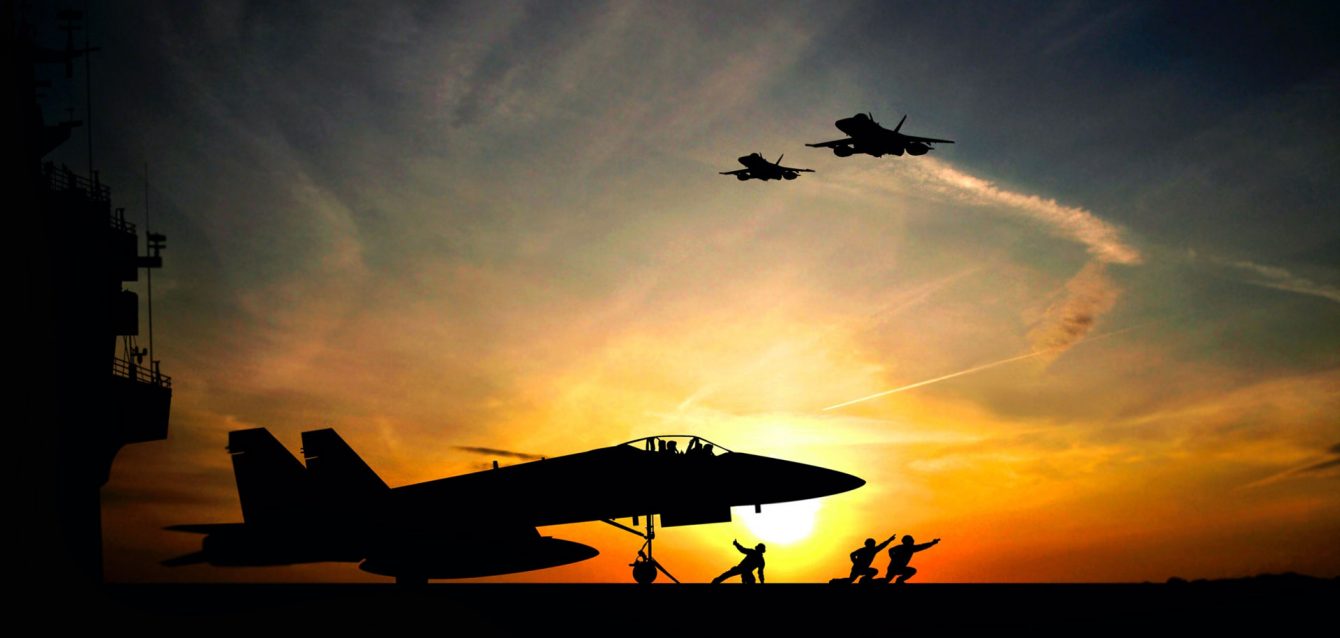MemComputing worked with the Defense Innovation Unit to optimize the scheduling of a fleet of military aircraft and its payload in minutes. Learn more about this challenging problem and how MemComputing is poised to transform real-time scheduling for both military and commercial airline applications.
In December 2022, a large storm crippled a major US airline due to its outdated scheduling software. As a result, they canceled over 15,000 flights nationwide, stranding thousands of passengers [1]. Not only did this draw bad press, but it could cost the airline between $600 million and $700 million, according to estimates from Bank of America airline stock analyst Andrew Didora [2]. Their crew scheduling system, which has been in use since the 90s, was simply incapable of handling the scale of schedule changes required to match crew members with available aircraft at the time of this incident. Unlike other large US airlines that use a “hub and spoke” model, its reliance on point-to-point operations made it more susceptible to scheduling catastrophes. [3]
As the CEO of the airline pointed out, “We had aircraft that were available, but the process of matching up those Crew Members with the aircraft could not be handled by our technology. In our desired state, we have a solver that would be able to do that very quickly and very accurately. Our system today cannot do that. As a result, we had to ask our Crew Schedulers to do this manually, and it’s extraordinarily difficult.” [4]
While this airline was pointed out for its legacy systems, the Wall Street Journal indicated that the airline industry, in general, is slow to embrace new technology. “The airline sector has been among the slowest to adopt cloud-based and analytics technologies that could help solve complicated transportation network problems.” [5].
MemComputing has demonstrated its ability to provide optimal solutions to aircraft scheduling problems with various industry partners but cannot share the details due to NDAs. However, we were recently put to the test by the Defense Innovation Unit (DIU) on a similar problem for the military. The work was unclassified because they provided simulated airlift data representing military aircraft, passenger, cargo, and crew scheduling, but it was not actual data. This data is considered sensitive, so we will not share the exact data.


